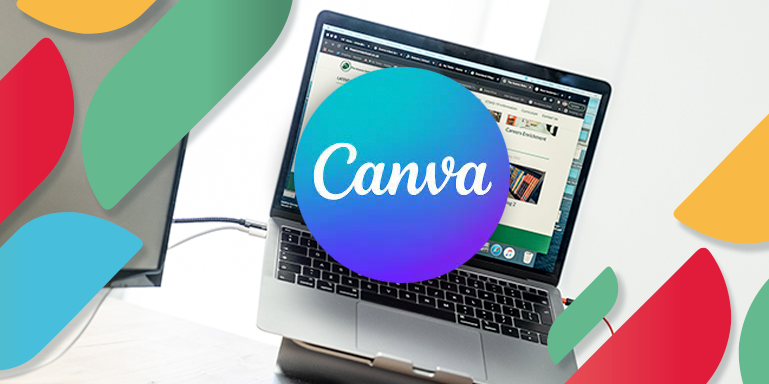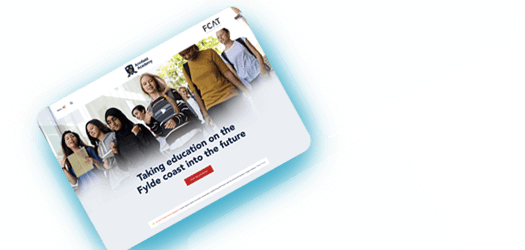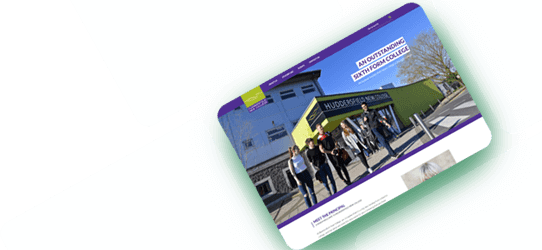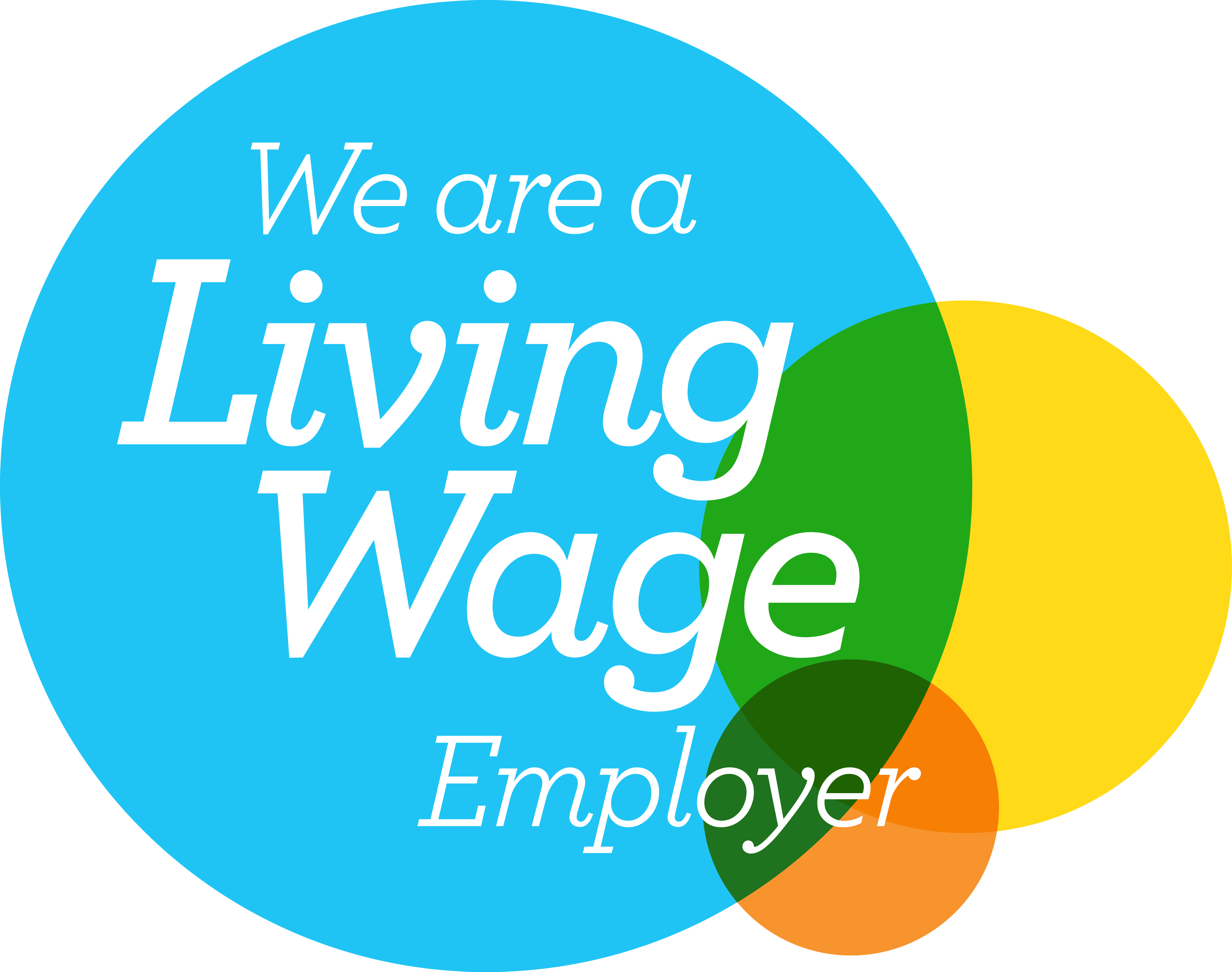An Introduction to Inbound Marketing for Schools
An Introduction to Inbound Marketing for Schools

What is Inbound Marketing for Schools?
Long gone are the days where schools filled their classrooms year on year just by opening the doors. More and more with each passing year schools need to work on attracting students. Not only that but attracting the best teaching staff and keeping them is harder than ever. Inbound marketing can be a vital part of your wider parental engagement strategy.
Your school website provides your school with an unparalleled opportunity to use technology to make attracting new students and teacher much more effective. But, it’s not simply a case of painting the best picture of life in school anymore. It’s no longer the case that your school website covers every base. Those days are long gone too. Schools need to be more strategic in their approach and utilise a broader range of resources and tools.
When parents are looking around at schools they will first and foremost listen to word of mouth. They will also carry out detailed research online for schools in their area. The great news is that schools are getting better and better at painting a picture of life in school that is attractive to people looking around.
Lots of schools are still missing a trick and inbound is a critical part of the solution.
“Inbound marketing helps you talk to the students you want to reach about the things they want to hear about. Instead of hoping that 5% of your mailing list is a good fit for your institution, you can use inbound marketing to help the right students (or parents) find you online, then nurture them from anonymous website visitors to applicants” (Hubspot)
Inbound avoids a scattergun approach to reaching parents and aims to meet them where they are. It means providing content and resources that are relevant to the people you want to attract. Then, encouraging those people to engage with you in a deeper and deeper way so you are their automatic thought when it comes to making a decision.
Why Inbound Marketing for Schools?
Everything we’re going to learn in this blog series is taken from a range of sources. It is based on the approach that we take to engage potential client schools and regularly attract thousands of new website visitors and interact with them directly. Inbound marketing has transformed our business and many like us. It’s time-consuming and requires commitment. It is not an overnight fix but rather a long-term strategic approach. It can take years to perfect (in fact it will always need continual work), but the rewards are significant.
Inbound has the power to completely transform how your school operates online. What’s more, commit to a strategy of inbound and you’ll see engagement across all channels sky-rocket.
The first thing we need to get a handle on is understanding what the key components of inbound marketing for schools are.
The Vital Parts of Inbound Marketing for Schools
Your Audience – Understanding Who They Are
We’re going to talk about ‘personas’ in more detail in future articles over the coming months but it is vital to understand that your audience always comes first. Who is your school website aimed at? Who is your school website audience?
There is no point writing content for your website, celebrating life in school and talking about how amazing your students are if you don’t have a handle on who you are writing for. A key part of transforming the effectiveness of your website is to understand who you’re writing for.
Note: your school website is NOT for inspectors. Not day to day it isn’t. They need considering and it’s vital that you’re exceding school website compliance but day to day, your website is not for inspectors.
Spend a little time answering these questions:
- Who do you want to speak to through your school website?
- How old are they?
- What gender are they?
- Do they live in an urban or rural setting?
- How many years of education do they have?
- What do they want for their children?
- What can your school do to help them achieve those goals?
- Do you do things that are different from the school around the corner? What are they?
- What would prevent them from choosing your school (i.e. what are their obstacles)?
- How do they prefer to be contacted?
By answering these questions you’ll start to craft a picture of who your website is aimed at. Painting a picture of these people helps you when it comes to deciding how you write your content and how you approach them.
Your School Website
Once you know who you’re aiming your school website at, it will rightly influence how you use your website. You will start to think about how you structure your website and the photos you include. It will change it’s emphasis so that the content you write will be aimed at those people. Now you have a more targeted purpose for your content it will engage those people more effectively.
Your school website is the hub of all your content.
You may use social channels, email marketing and print media but, all paths lead to your website. So, it’s structure must be clear and the most important content front and centre.
Key Resources on Your Website
One of the most important parts of any inbound strategy is providing the means for your audience (in this case parents), to access content they need and provide you with the means to engage them. So, if you have a prospectus you want to share with prospective parents, there is one simple rule you must follow to give yourself a great starting point for reaching parents.
Always, always, always collect valuable information from prospective parents that enables you to keep in touch with them
Here’s how it works. Create a form that lives on your school website and, if a parent wants to download your prospectus, collect their contact details before allowing them to read it. Want to really set your inbound strategy on fire? Add a field or two that collects some highly valuable information. Ask a question like; “Is your son/daughter starting school within the next 18 months?” A simple question but you instantly know where that contact is up to. Or, “Does your son/daughter have any additional needs?” Straight away you have some information that means you can send information that is relevant to that person.
Don’t be concerned about whether that causes any issues. As long as you’re clear about what you’re doing and why you’re doing it, you’re fine. Even more so, if the content is worth providing a name and email address, parents have no issues at all. If the content isn’t worth giving out that personal information, expect a backlash. It’s your job to make sure the content you are giving in exchange for contact details is worth it to that prospective parent.
Note: you need to consider the impact of GDPR on your inbound efforts. If you’re collecting personal information from prospective parents as part of your inbound strategy then make sure you provide the means to unsubscribe and explain what you intend to do with the data you collect.
The Power of Email to Attract and Engage
Once you have collected some contact information from prospective parents you now have the heavy responsibility of making sure everything that you send out after the fact meets their need.
If, at the point of downloading your prospectus, you asked the parent if their child is starting school in the next 18 months and their answer was no, what do you do? Would you send them information about admissions? Or, would you send them more generic content about life in school to keep them interested?
Or, if you asked the parent if their child had additional needs, would you highlight how your school support children with additional needs in some of your future email to those people? Would you explain how you personalise the school experience for those children that need additional support or would you just send generic information?
Follow up emails provide your school with the opportunity to ‘target’ groups of prospective parents with content and information that is relevant to them specifically.
Does that sound time-consuming and laborious? The truth is that it can be. But, once you’re up and running and understand who your primary audiences are and, once your content is in place, sending the right content to the right person is incredibly straight-forward. The workload is upfront and incredibly rewarding.
Social Channels that Reach Parents Where They Are
It’s also worth mentioning the power of social media to have an impact on your audience. We would strongly suggest that you create Twitter and Facebook profiles for your school and share your school news on those channels. Your content should reach across channels and don’t underestimate the power of contacts seeing the same content in different places. It reinforces your brand and the awareness of your school.
Next Steps …
In the next chapter we’re going to look through the 4 stages of inbound marketing for schools and the impact they can have.
Until then, spend some time answering the questions around your school website users, what does your ‘persona’ look like? By answering these questions you’ll have a simple grasp on who your website is for. Then, the next time you write a news article for your school website, remember that persona and write it for them. Let us know how you get on!










